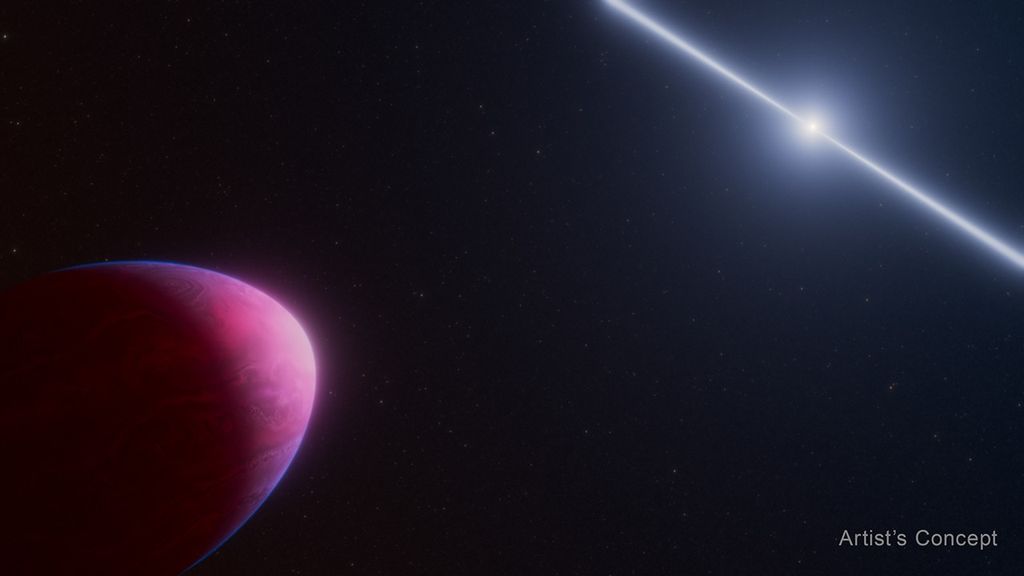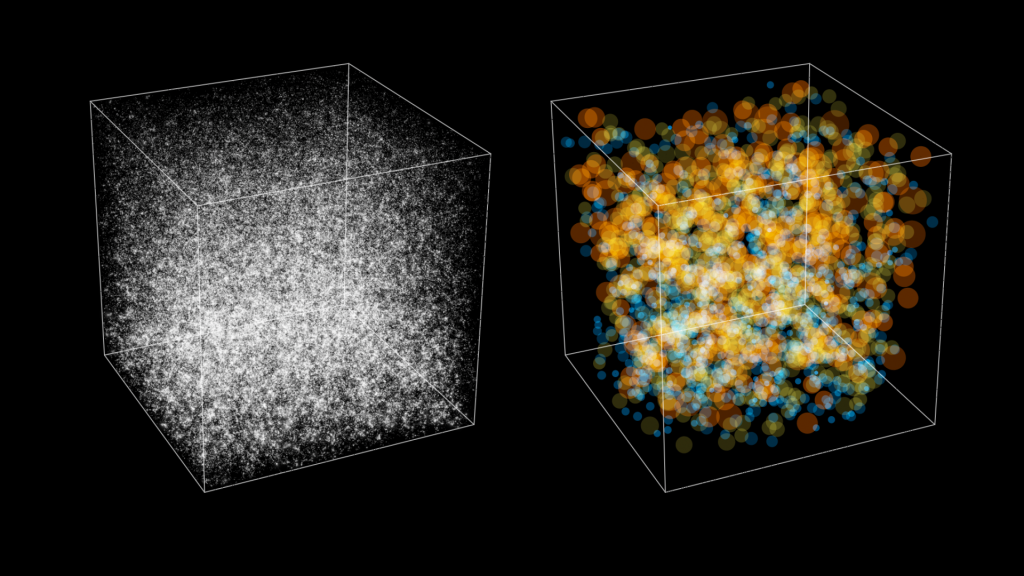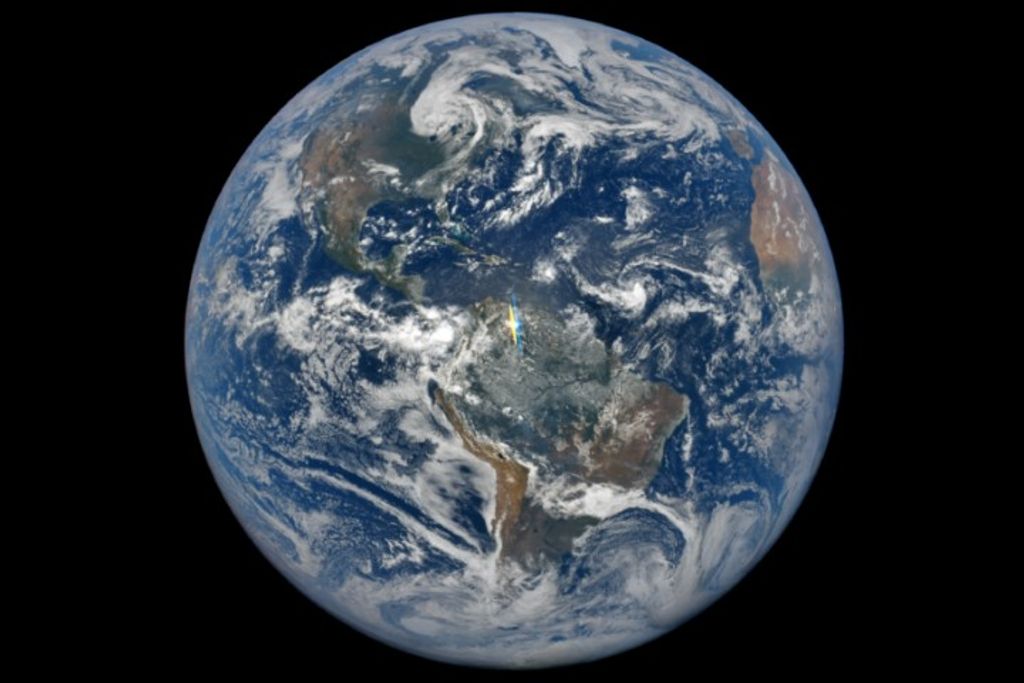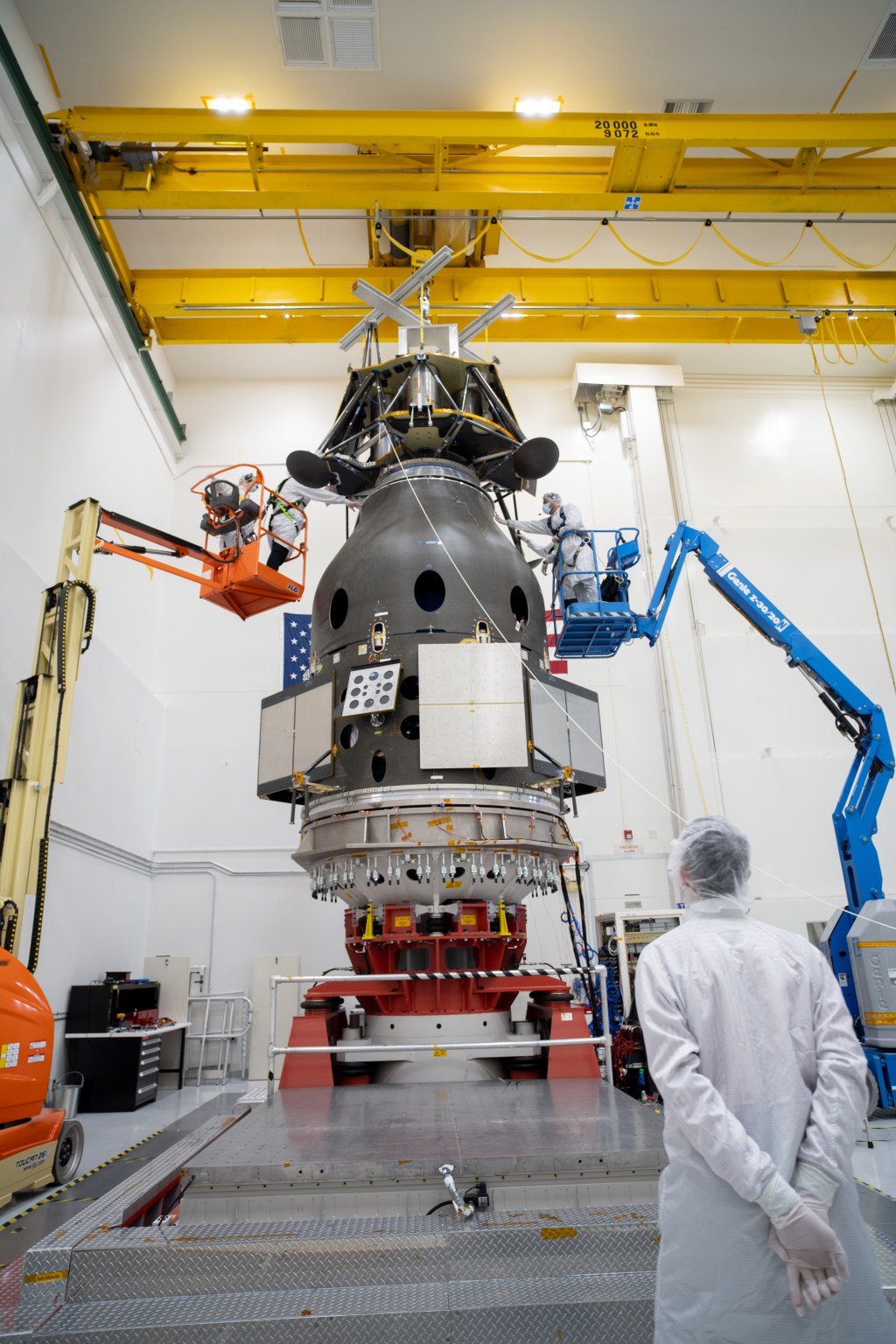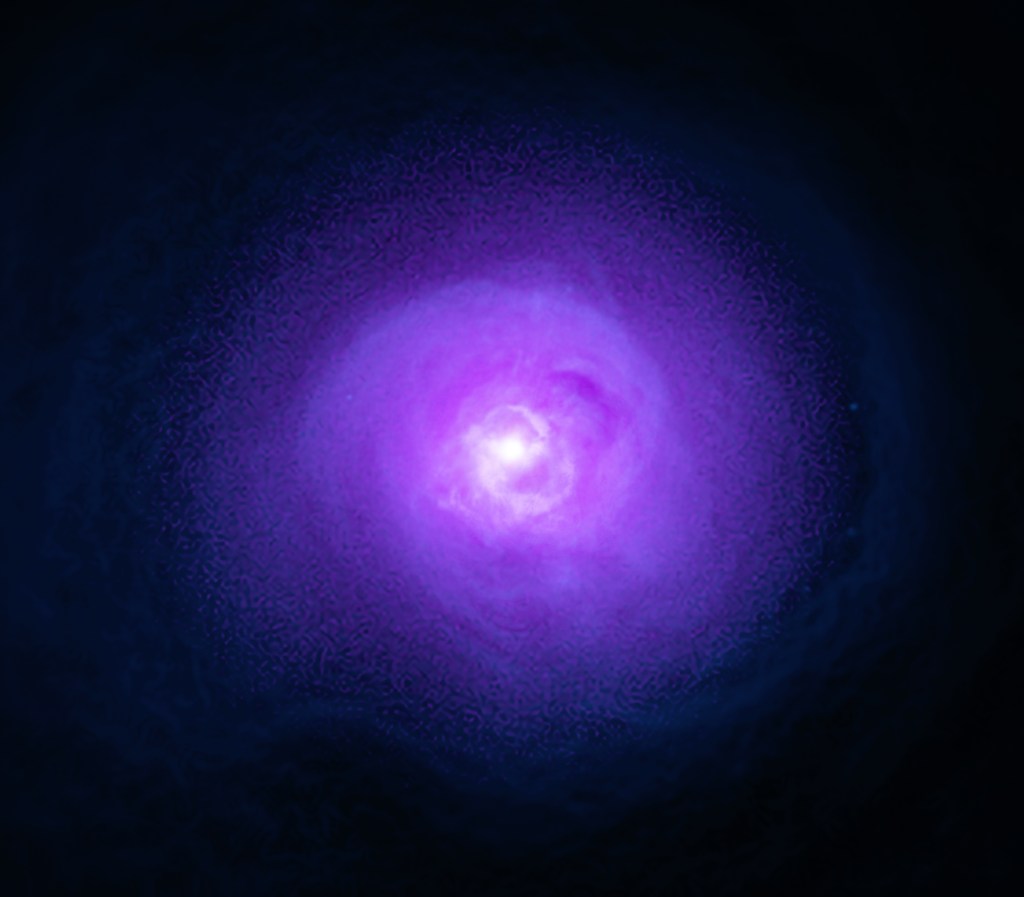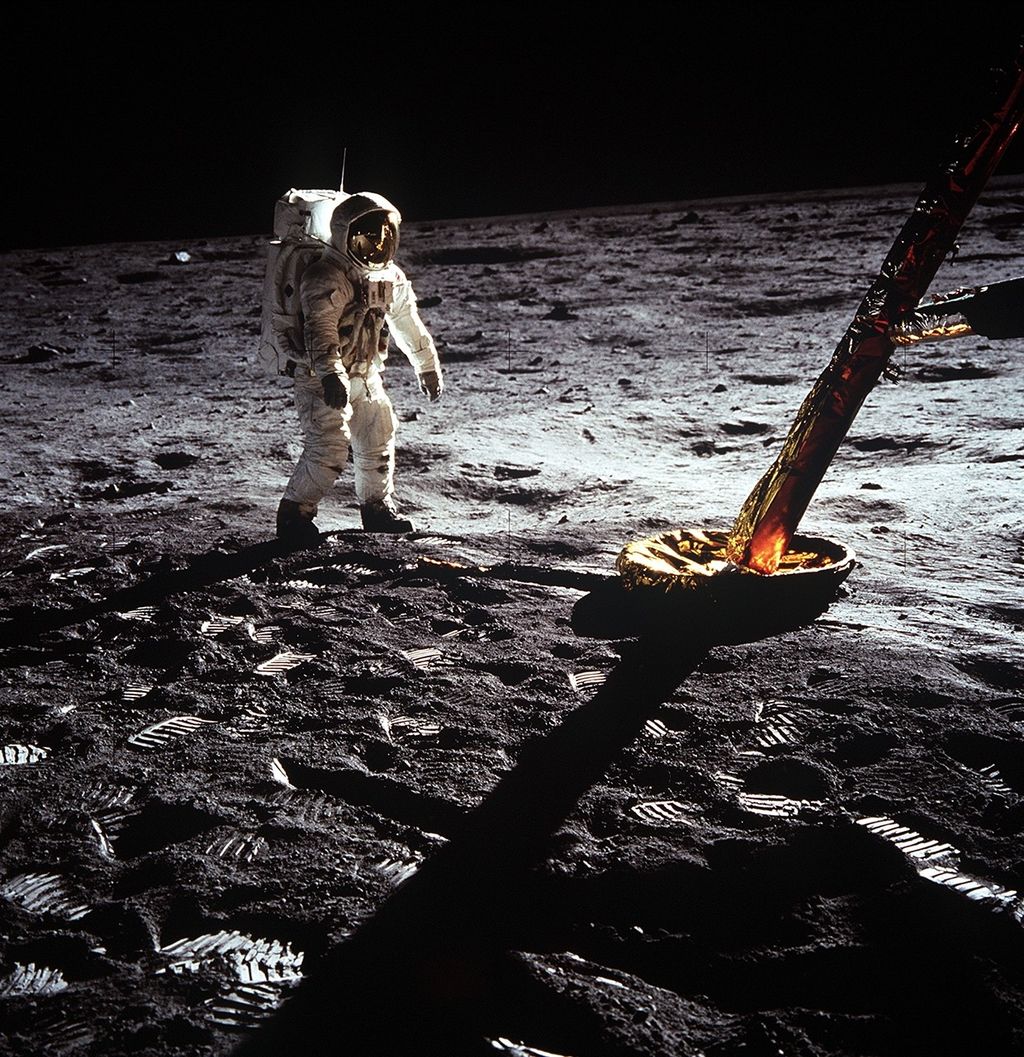1 min read
Epsilon Indi Ab Exoplanet (MIRI Image)
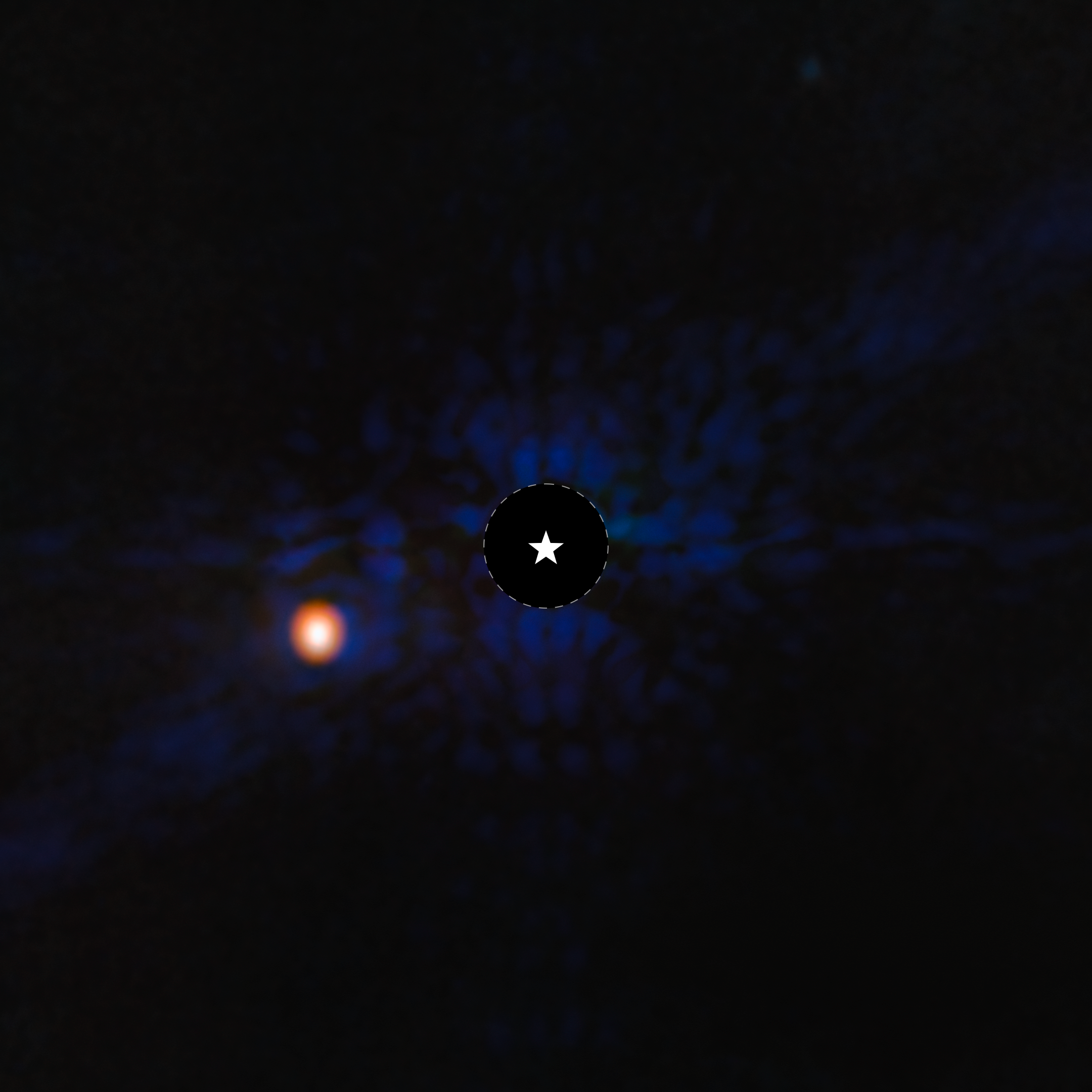
This image of the gas-giant exoplanet Epsilon Indi Ab was taken with the coronagraph on NASA’s James Webb Space Telescope’s MIRI (Mid-Infrared Instrument). A star symbol marks the location of the host star Epsilon Indi A, whose light has been blocked by the coronagraph, resulting in the dark circle marked with a dashed white line. Epsilon Indi Ab is one of the coldest exoplanets ever directly imaged. Light at 10.6 microns was assigned the color blue, while light at 15.5 microns was assigned the color orange. MIRI did not resolve the planet, which is a point source.
About the Object
- R.A. PositionR.A. PositionRight ascension – analogous to longitude – is one component of an object's position.22:03:21.65
- Dec. PositionDec. PositionDeclination – analogous to latitude – is one component of an object's position.-56:47:09.52
- ConstellationConstellationOne of 88 recognized regions of the celestial sphere in which the object appears.Indus
- DistanceDistanceThe physical distance from Earth to the astronomical object. Distances within our solar system are usually measured in Astronomical Units (AU). Distances between stars are usually measured in light-years. Interstellar distances can also be measured in parsecs.12 light-years
About the Data
- Data DescriptionData DescriptionProposal: A description of the observations, their scientific justification, and the links to the data available in the science archive.
Science Team: The astronomers who planned the observations and analyzed the data. "PI" refers to the Principal Investigator.This image was created with Webb data from proposal: 2243 (E. Matthews)
- InstrumentInstrumentThe science instrument used to produce the data.MIRI
- Exposure DatesExposure DatesThe date(s) that the telescope made its observations and the total exposure time.03 July 2023
- FiltersFiltersThe camera filters that were used in the science observations.F1065C; F1550C
- Object NameObject NameA name or catalog number that astronomers use to identify an astronomical object.Eps Ind A; HD209100; HIP108870
- Object DescriptionObject DescriptionThe type of astronomical object.Exoplanet
- Release DateJuly 24, 2024
- Science ReleaseNASA’s Webb Images Cold Exoplanet 12 Light-Years Away
- CreditImage: NASA, ESA, CSA, STScI, Elisabeth Matthews (MPIA)

These images are a composite of separate exposures acquired by the James Webb Space Telescope using the MIRI instrument with a coronagraph. Two filters were used to sample wide wavelength ranges. The color results from assigning different hues (colors) to each monochromatic (grayscale) image associated with an individual filter. In this case, the assigned colors are: Cyan: F1065C Orange: F1550C
Share
Details
Laura Betz
NASA’s Goddard Space Flight Center
Greenbelt, Maryland
laura.e.betz@nasa.gov
NASA, ESA, CSA, STScI, Elisabeth Matthews (MPIA)


